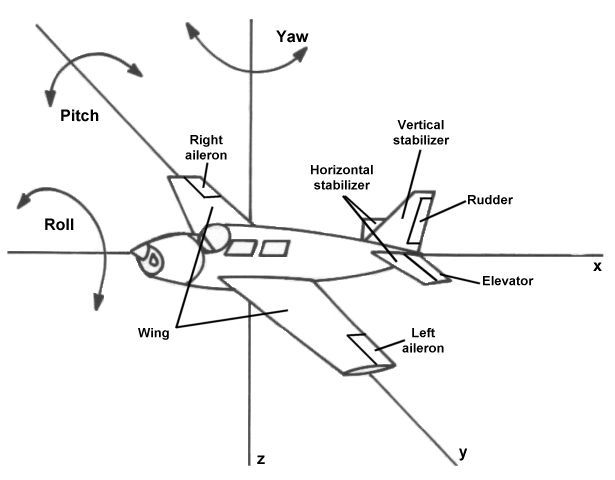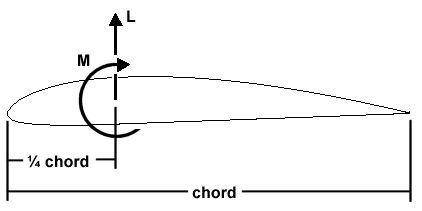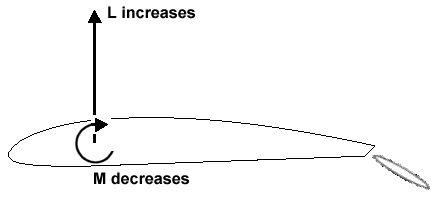|
||||||||||
|
|
||||||||||
|
||||||||||
|
|
||||||||||

Most of your question seems to revolve around the surfaces called elevators. You may also be asking about ailerons and wing flaps as well. Regardless, all three work in similar ways to perform different functions.
The elevator deflects up and down. Even though the elevator is often times split into two pieces between the right and left sides of the plane, it always deflects as a single unit. In other words, the two sides always deflect up together by the same amount and down together by the same amount. In so doing, they change the amount of lift generated by the horizontal tail, also called the horizonal stabilizer. If the elevator deflects upwards, it generates negative lift, or down force. By pulling the back of the plane down, this force causes the aircraft nose to pitch or tilt upwards. If the elevator deflects downward, it generates positive lift that pulls the back of the plane up and causes the nose to pitch down.

Ailerons are two small surfaces on the wingtips. These devices move in opposite directions. When one moves down, the other moves up. The one that moves down generates more lift. The one that moves up creates less. The difference in lift between one side of the plane and the other causes the plane to roll towards the wing with the up aileron.
Flaps are located on the back of both wings, closer to the center of the plane than the ailerons. These surfaces are like elevators in that they always deflect together by the same amount. The difference is that they only deflect downwards. When they do so, they create more lift on both sides of the plane equally.
The pattern you should see here is that the direction of deflection always creates more lift in the opposite direction. If you deflect the elevator, an aileron, or the flaps downward, each surface always create a lift force in an upward direction. The reason for this behavior is that the air has to follow a longer path over the top, which creates a lower pressure that results in lift.


I believe the heart of your question is:
In lift off the elevators, the rear flaps on the tail assembly are up. This causes the air to follow a longer path on the top of the tail wings creating less air pressure and lift, right?Actually, this statement is wrong. As we have seen, the longer path in this case would be over the bottom of the horizontal tail. Since the elevator is deflected upward, the lift it creates will be a down force in this case.
Related Topics:
Can you explain what adverse yaw is and how to solve it?
Read More Articles:


|
Aircraft | Design | Ask Us | Shop | Search |

|
|
| About Us | Contact Us | Copyright © 1997- | |||
|
|
|||